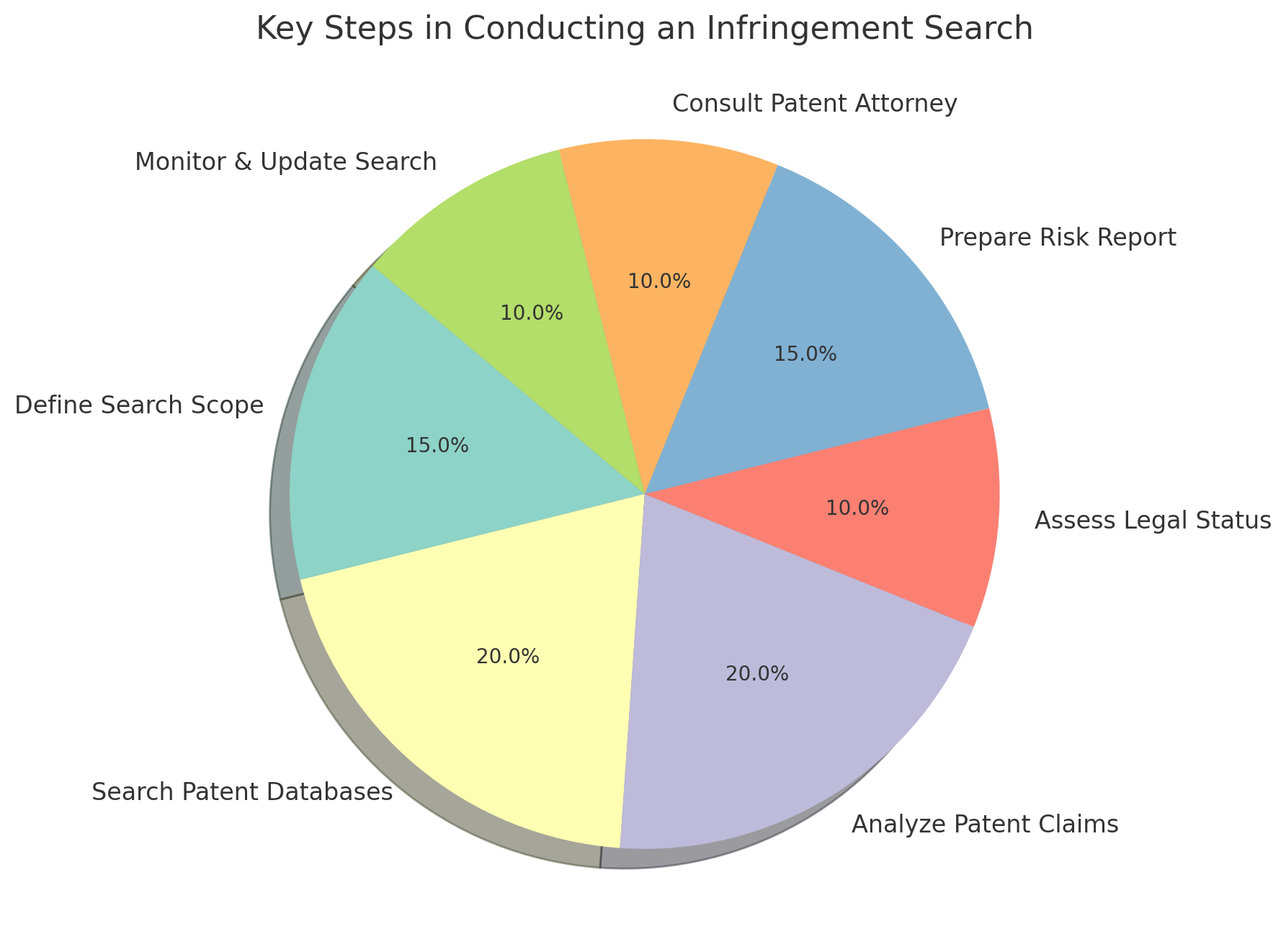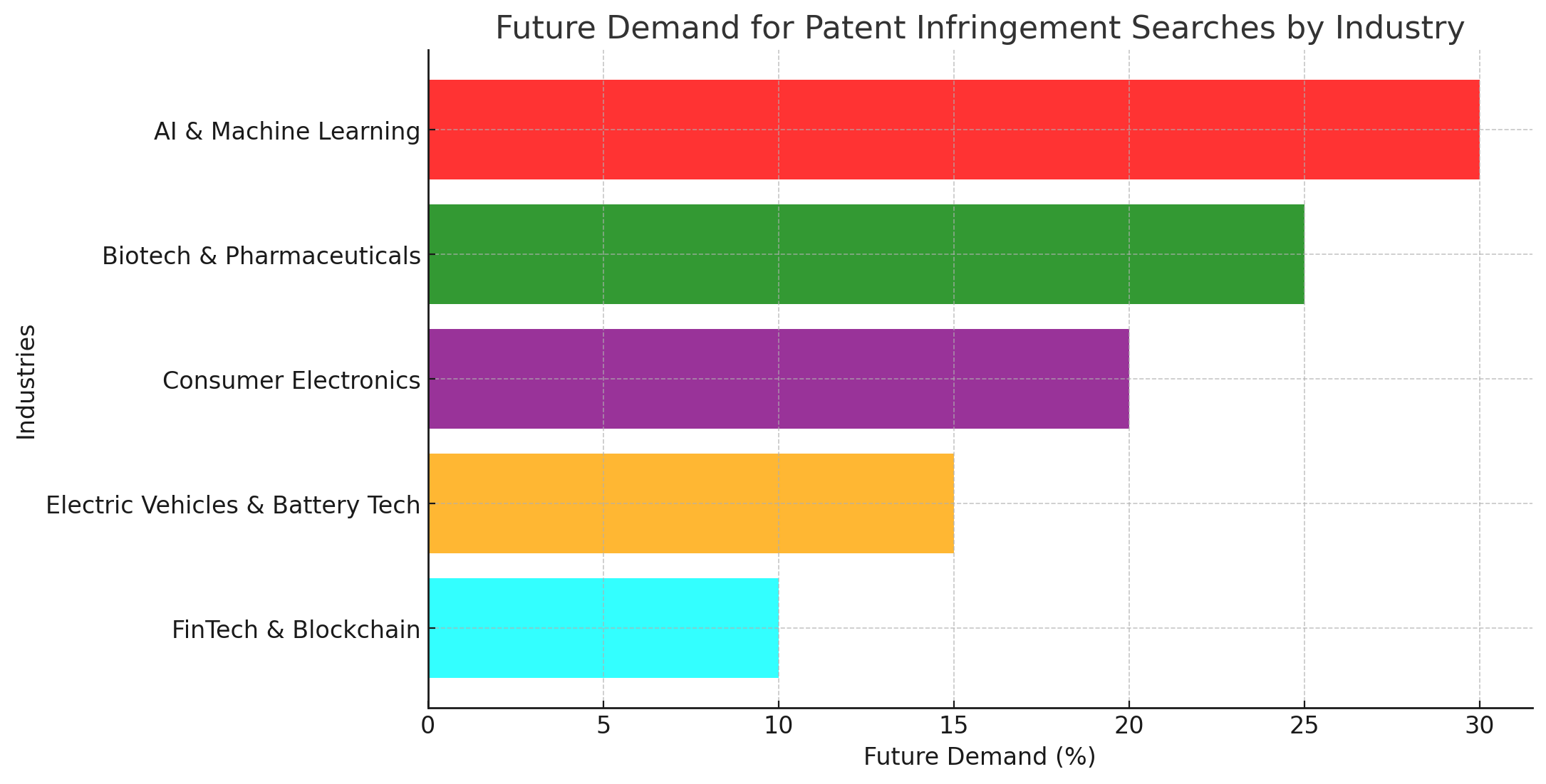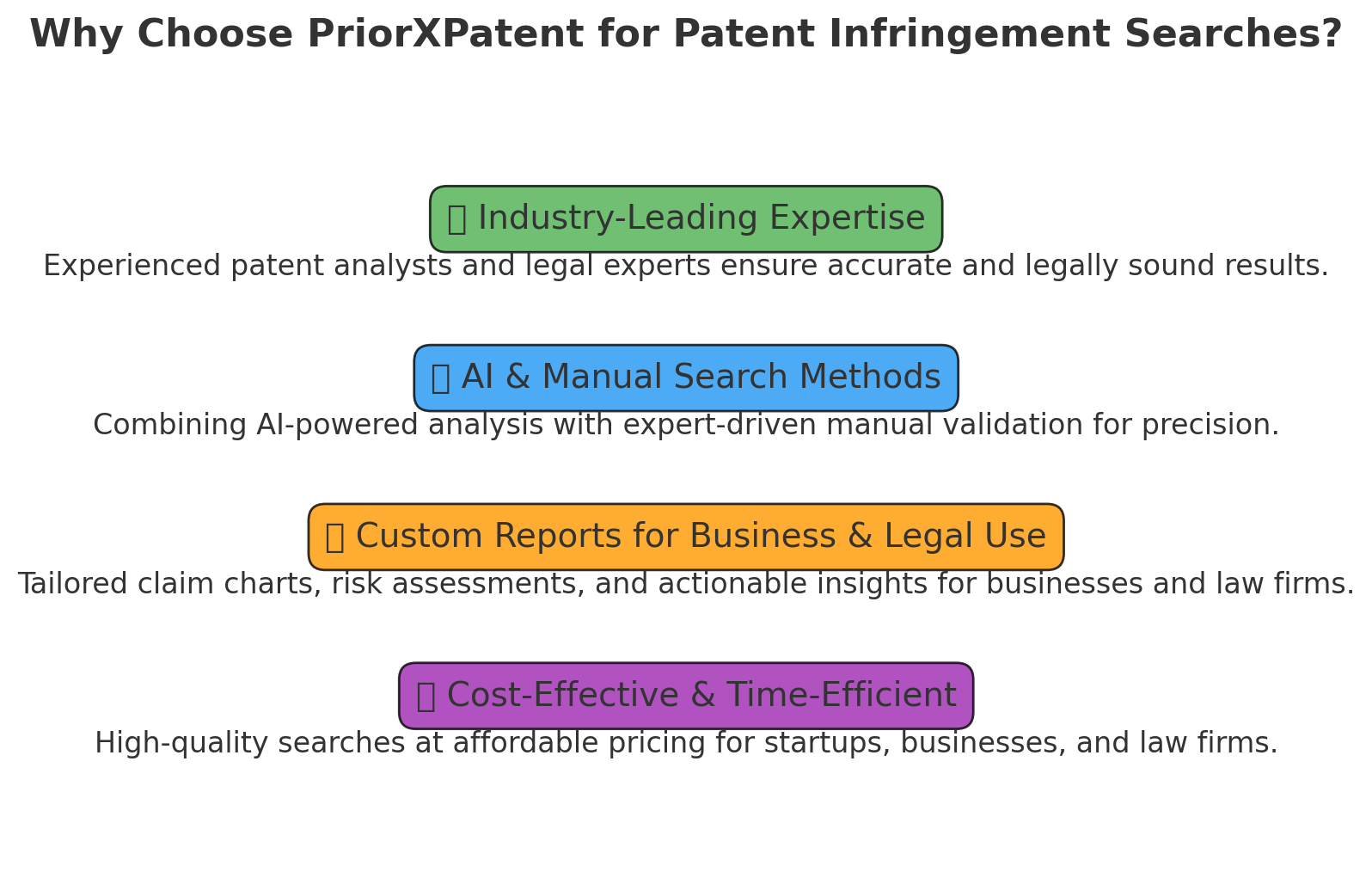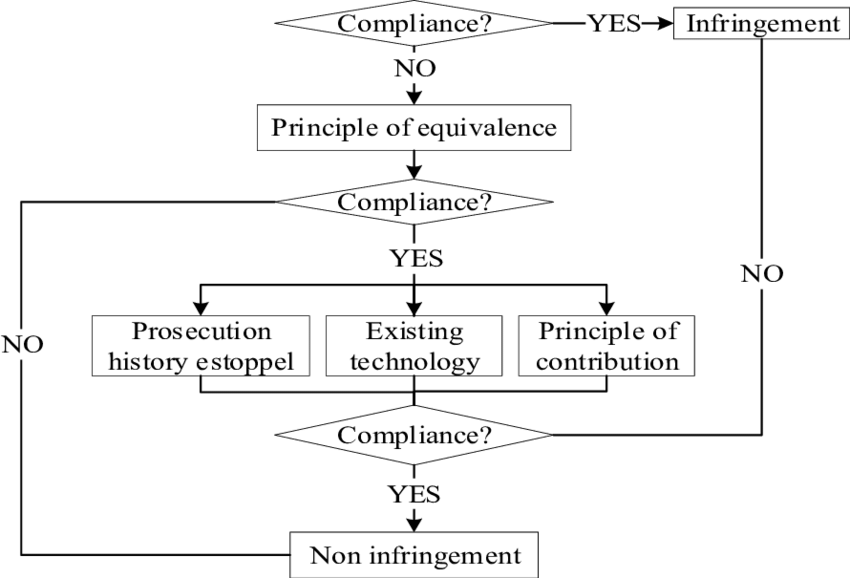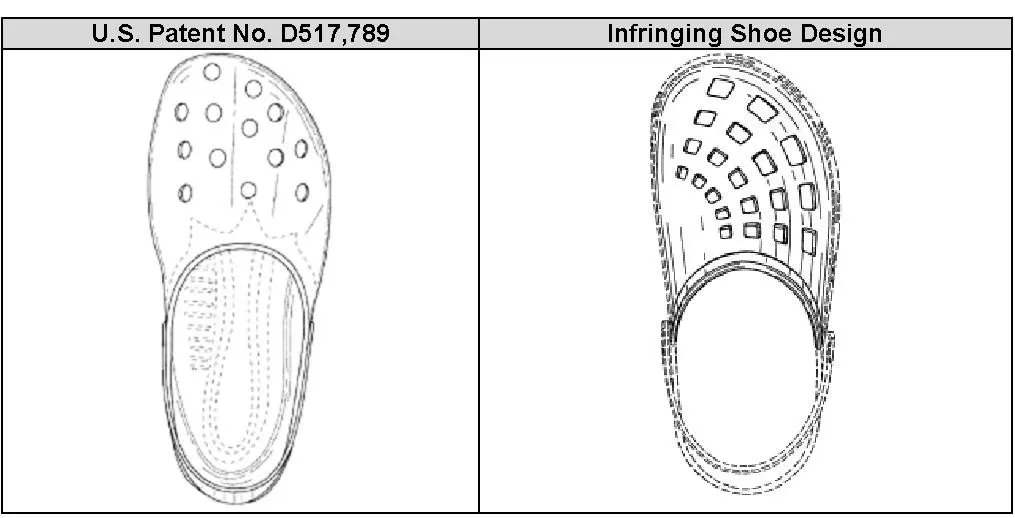Infringement Patent Search
An Infringement Patent Search, also known as a Freedom-to-Operate (FTO) Search, is a comprehensive investigation conducted to determine whether a product, process, or service infringes upon existing patents. This search is crucial for businesses and inventors to ensure that their innovations do not violate the patent rights of others, thereby avoiding potential legal disputes and financial liabilities.
PATSNAP.COM
Importance of Infringement Patent Searches:
Risk Mitigation: Conducting an infringement search helps identify existing patents that could potentially impede the commercial launch or expansion of a product, enabling companies to navigate around these patents or seek necessary licenses.
NATLAWREVIEW.COM

Strategic Planning: By understanding the patent landscape, businesses can make informed decisions about product development, market entry, and partnerships, ensuring that their innovations do not infringe on existing patents.
NOVOTECHIP.COM
Practical Applications:
Product Development: Before launching a new product, companies perform infringement searches to ensure that their product does not infringe on existing patents, thereby avoiding potential lawsuits.
Mergers and Acquisitions: During due diligence, infringement searches are conducted to assess the patent risks associated with the target company's products or technologies.
Recent Use Case:
In July 2024, First Solar, a leading U.S. solar company, initiated investigations into potential patent infringement by several rival manufacturers concerning Tunnel Oxide Passivated Contact (TOPCon) solar cell technology. This action underscores the importance of infringement searches in protecting intellectual property rights within competitive industries.
REUTERS.COM
